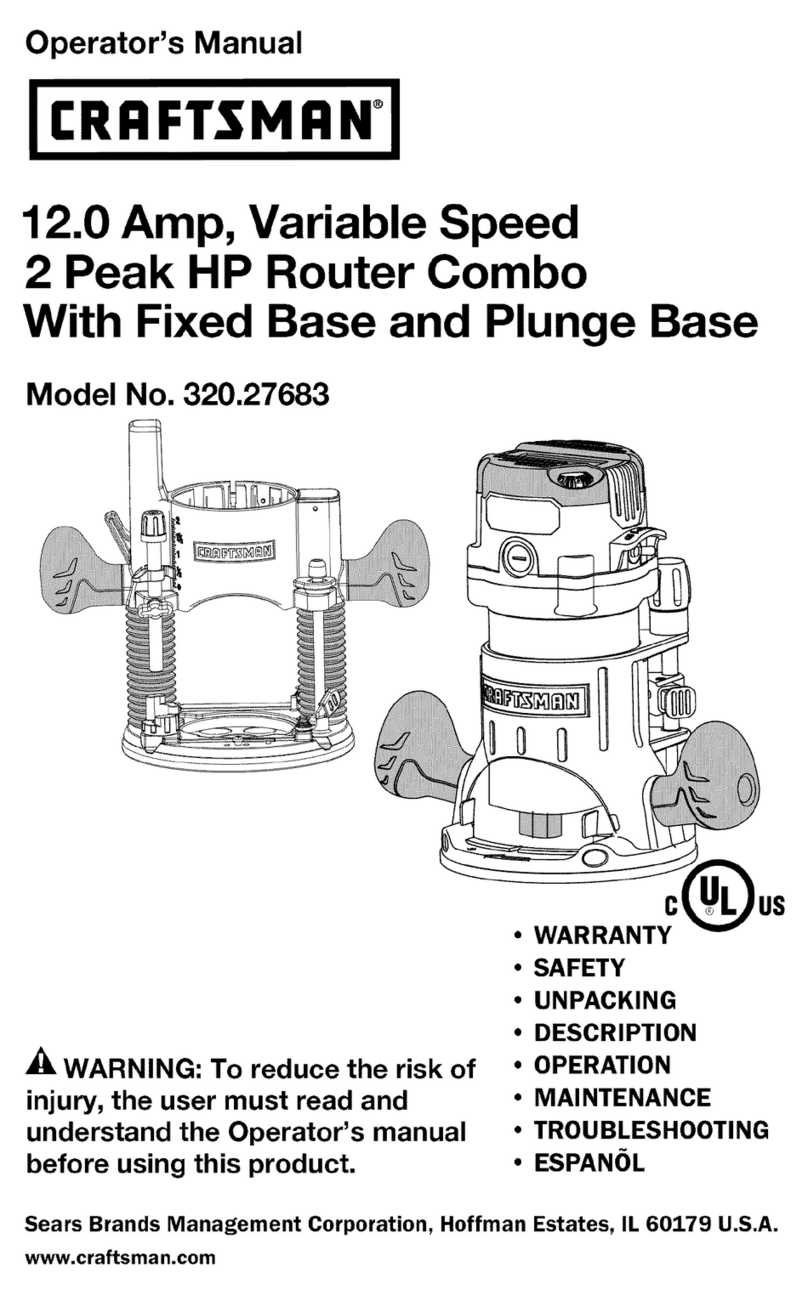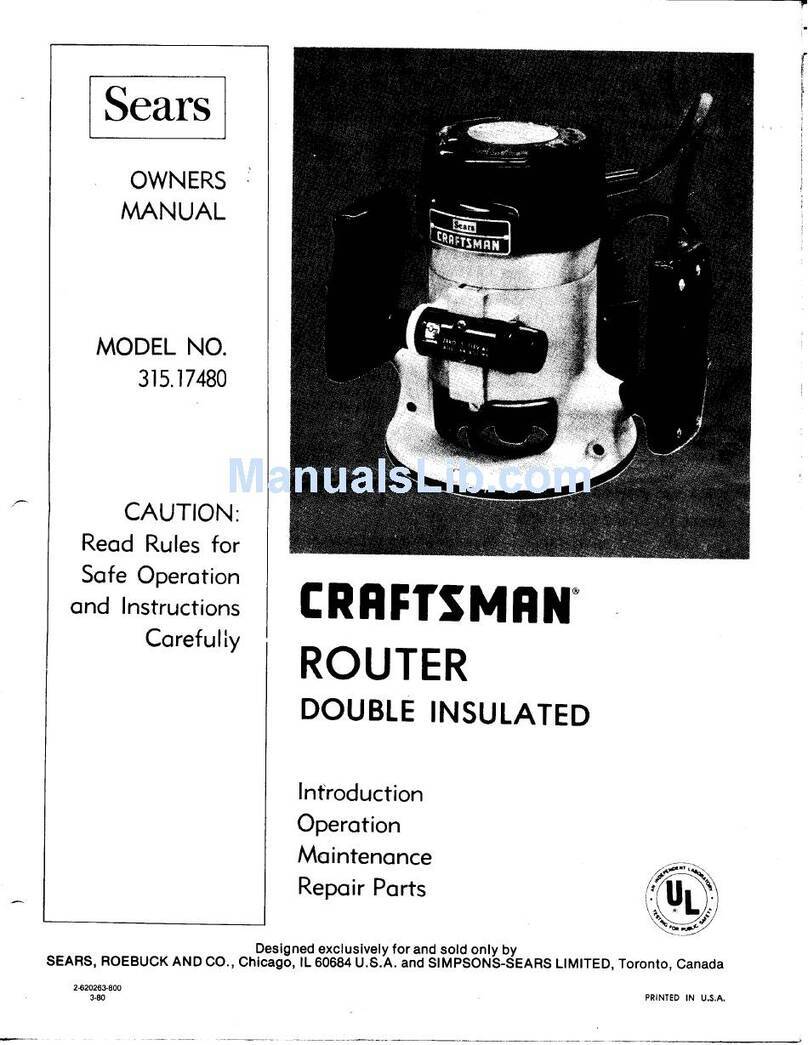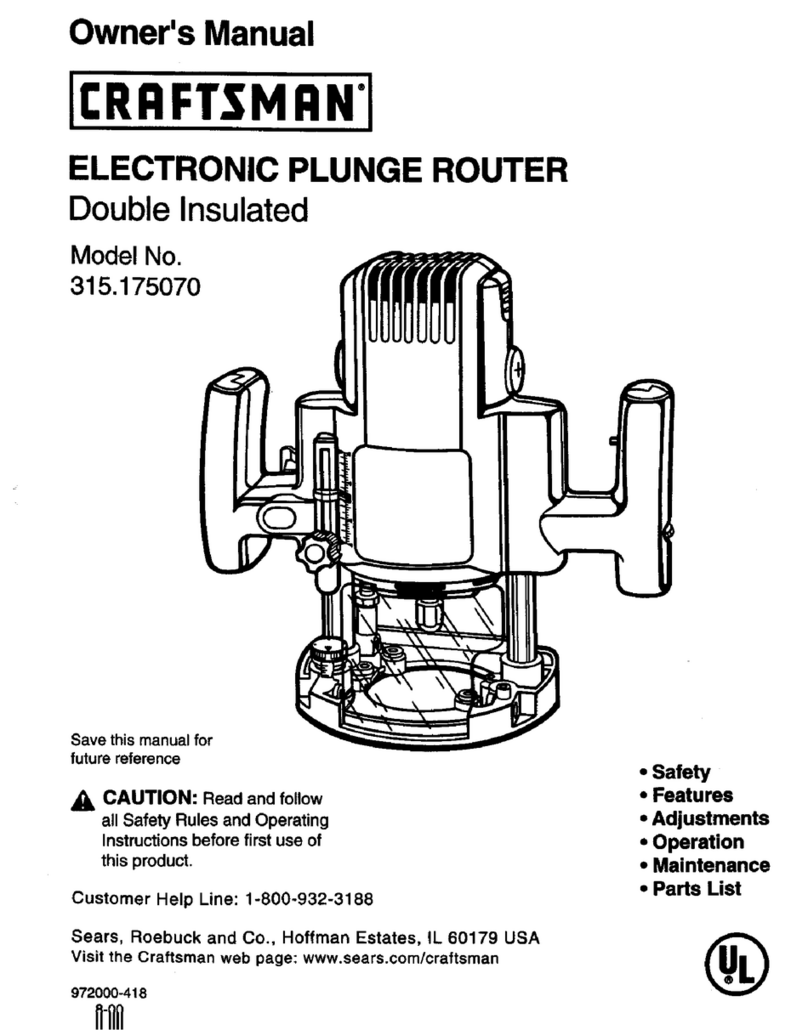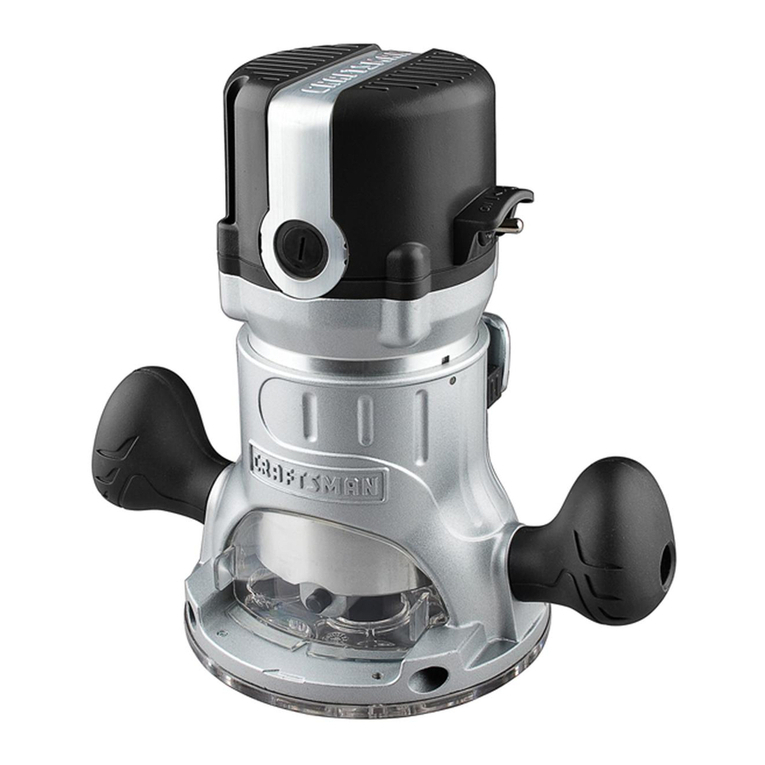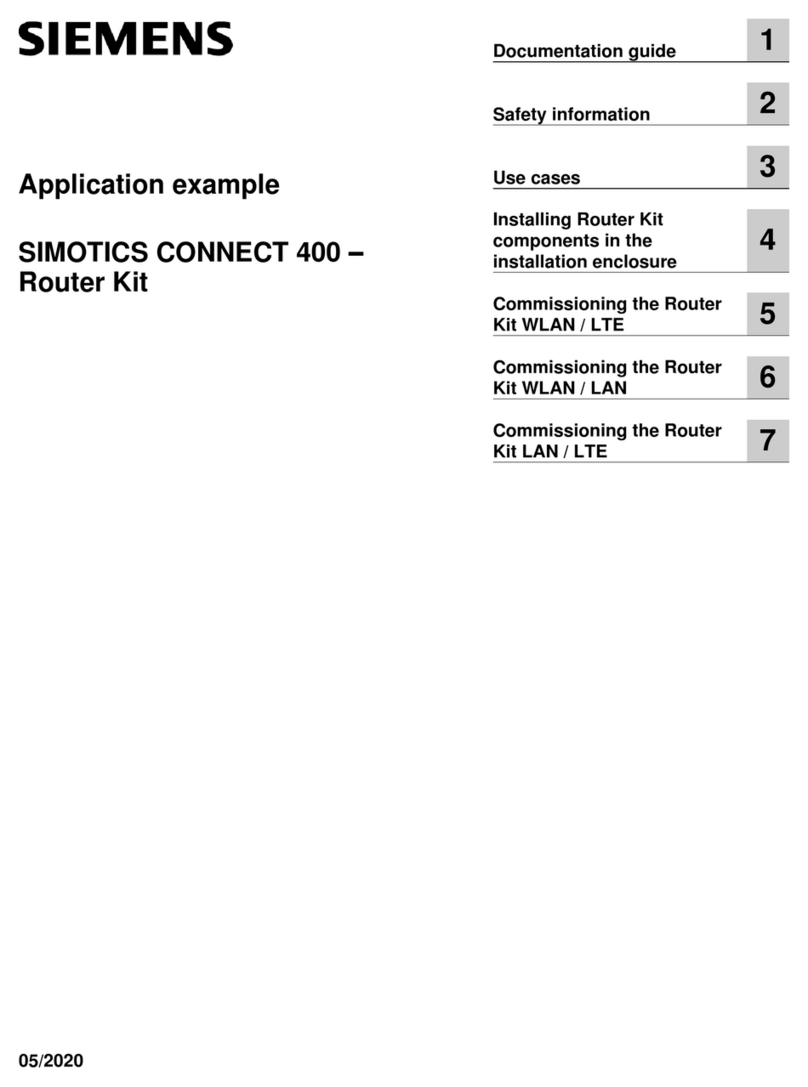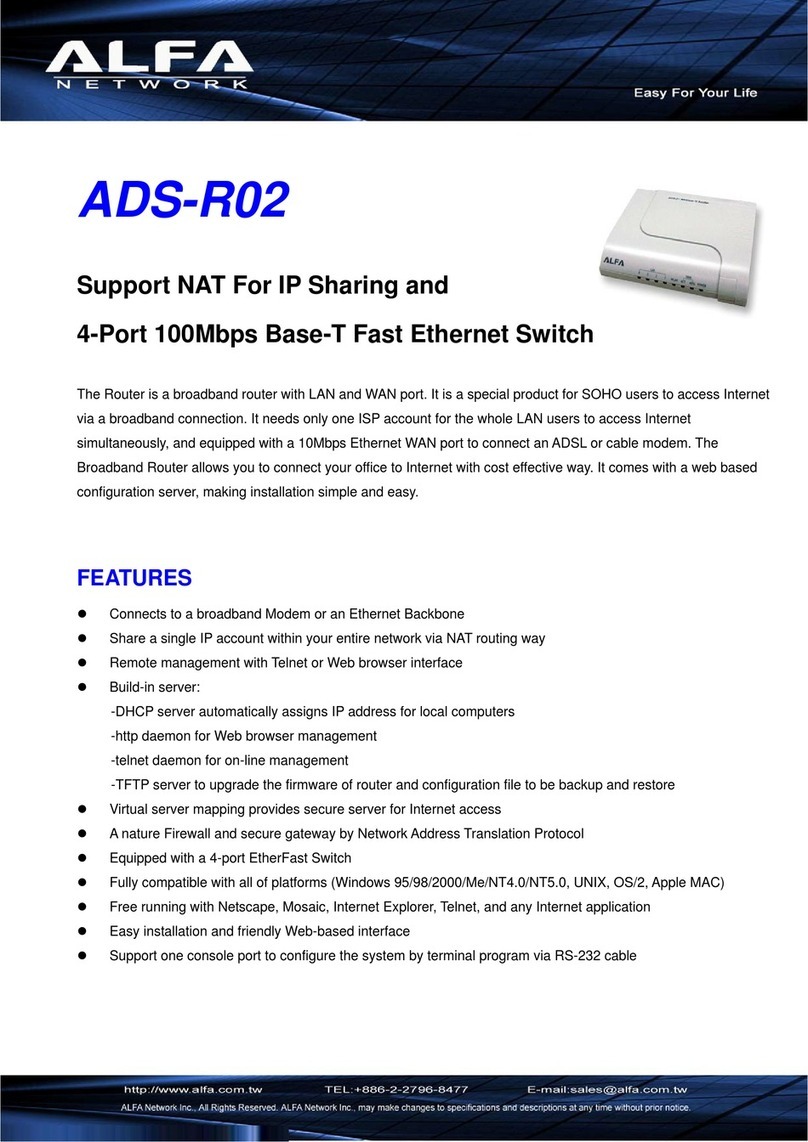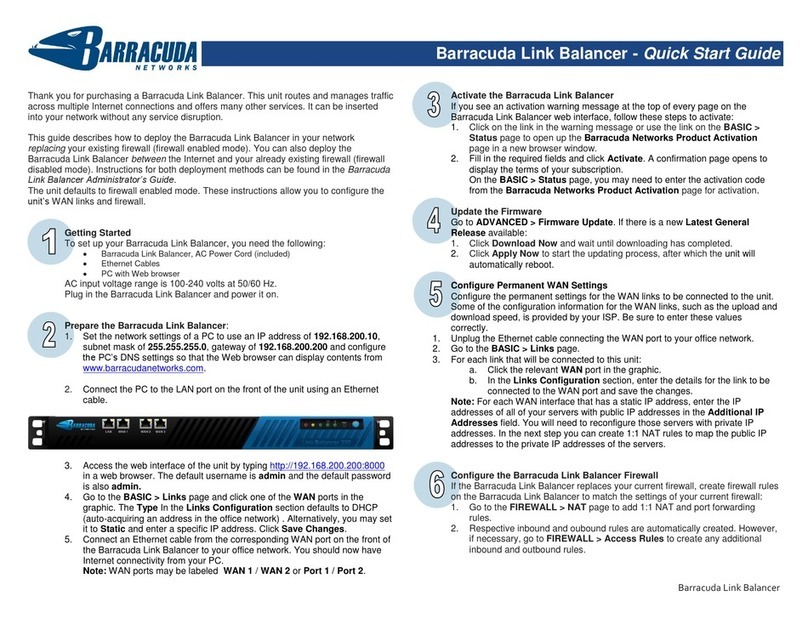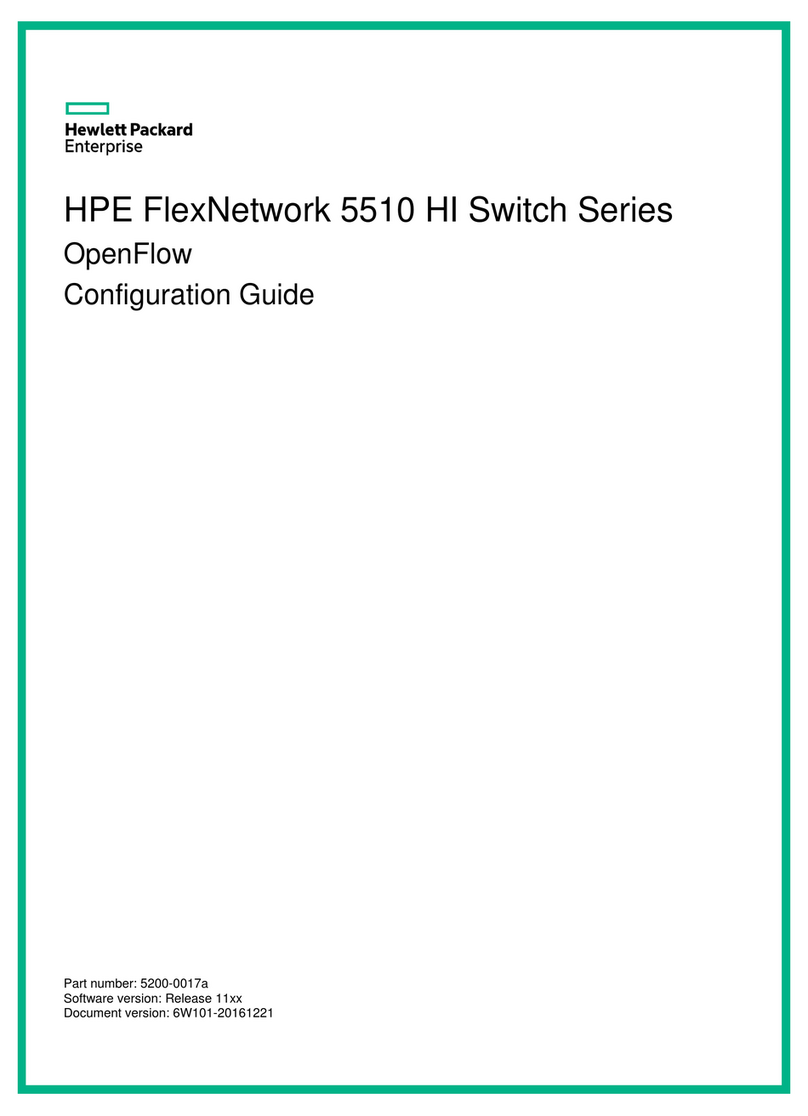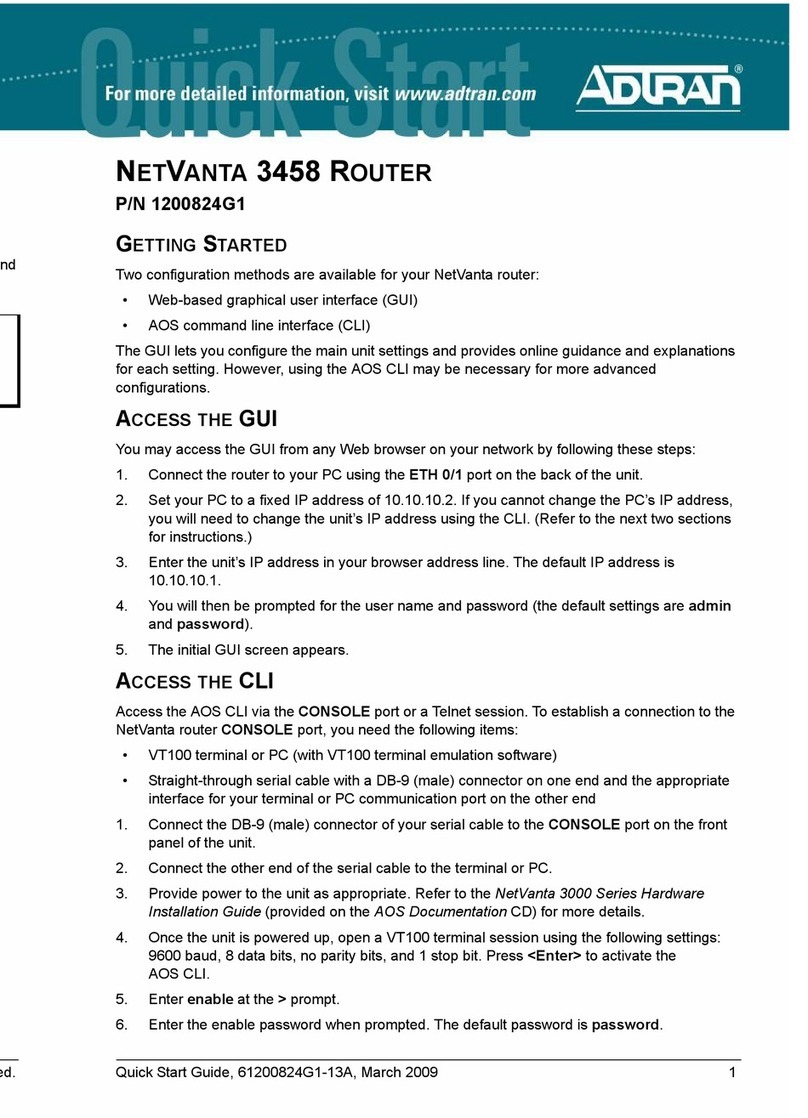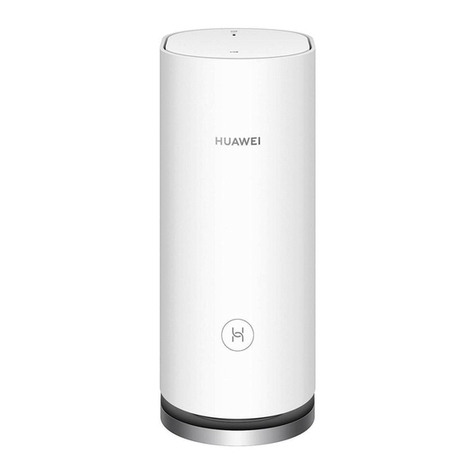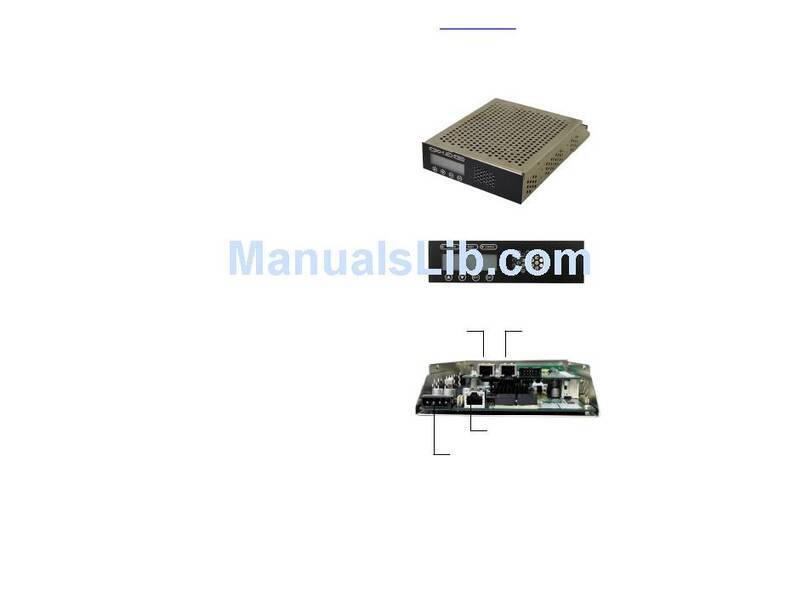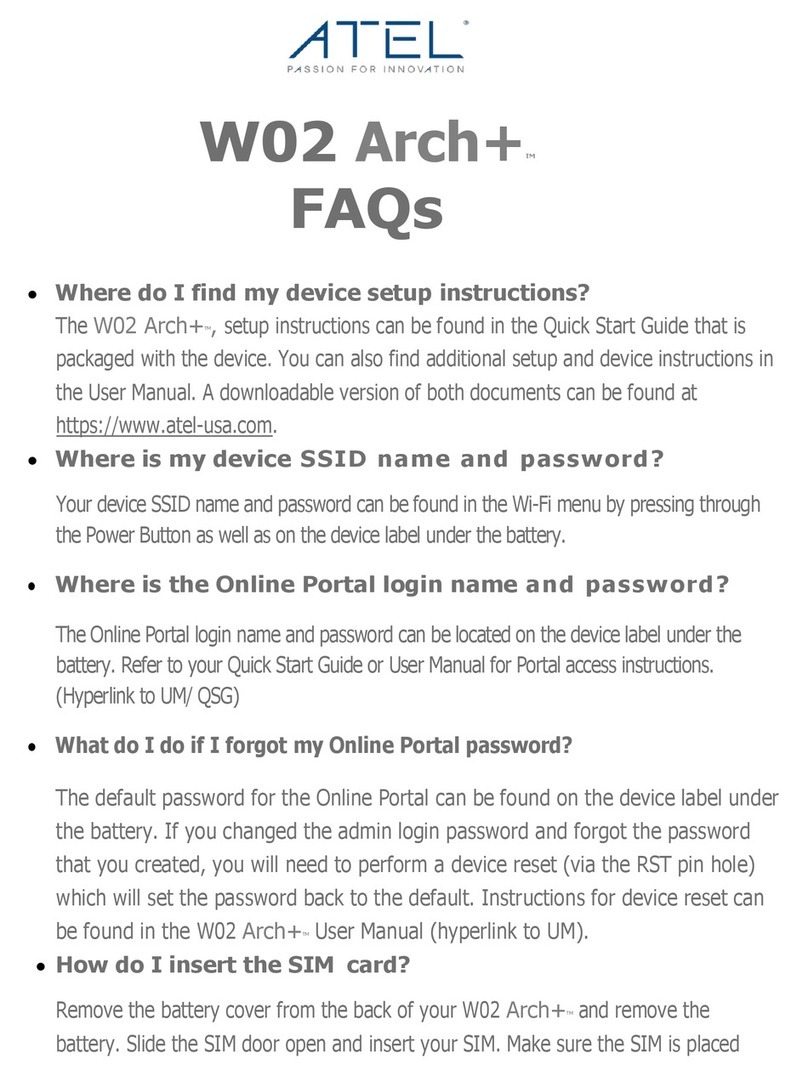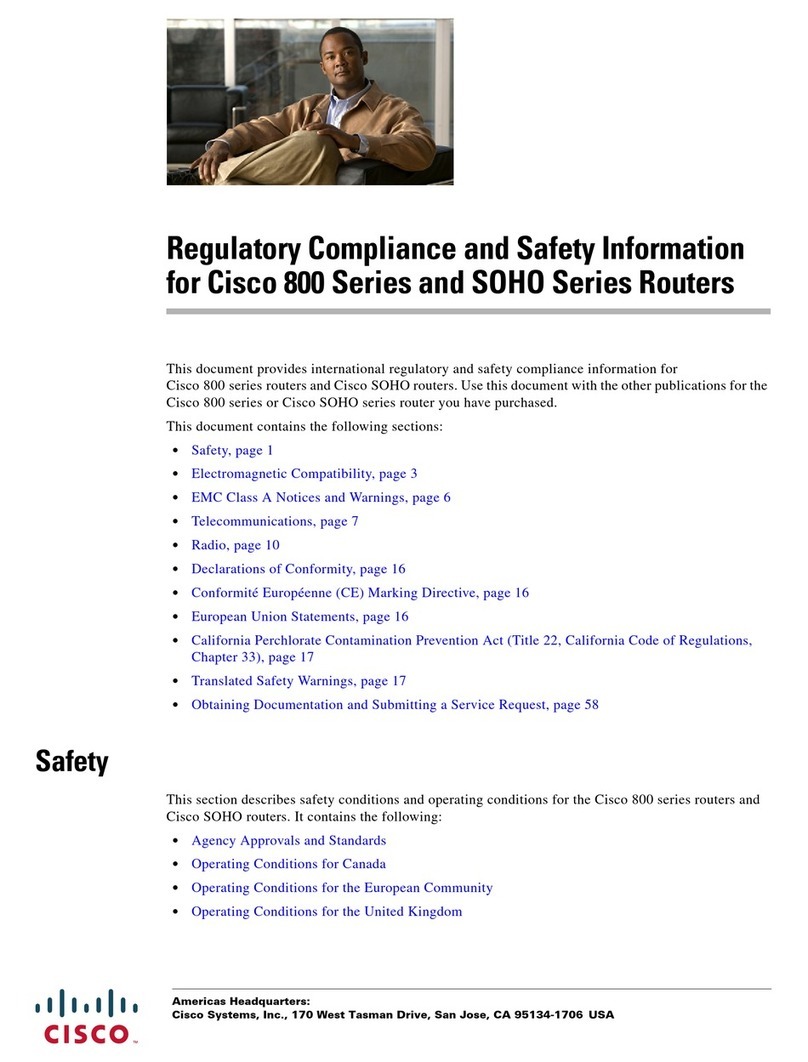
Lift router table only by the table edges. Lifting table by any other
surface could cause personal injury.
Do not use the router table until all assembly and installation
steps have been completed. Prior to each use, verify that
fasteners and the router clamps are tight. A loose table or router
is unstable and may shift in use, resulting in property damage or
serious personal injury.
Disconnect the router from the power supply before installing
router into the table, making adjustments, changing
accessories, removing the router from the table, performing
maintenance, or storing the tool. Such precautionary safety
measures reduce the risk of unintentional tool operation.
Do not plug router motor power cord into standard wall
outlet. Always plug router cord into the router table switch box.
Power tool switches and controls need to be within your reach in
emergency situations.
Do not permit fingers to touch terminals on the plug when
inserting or removing plug from the outlet. Risk of Electric Shock.
Before connecting router or vacuum to router table switch box,
ensure that the router or vacuum switch is off and that the
router table switch box is unplugged. Such precautionary safety
measures reduce the risk of unintentional tool operation.
Before using the router table, verify that the router is securely
clamped to the router table base. While working, periodically
check the router base fastener clamping tightness. Vibrations
from cutting operations can cause router motor clamps to loosen
and the router motor may fall from the table.
Before starting to work, ensure that the power cords from the
router accessories, the switch box, and the extension cord do
not and cannot come in contact with the router or any moving
parts of the router. Such precautionary safety measures reduce
the risk of injury due to loss of control.
Do not use the router table without the overhead guard
unless required by a particular cutting operation. Replace guard
immediately after completion of cutting operation. Remove all
dust, chips, and any other foreign particles that can affect its
function. The guard will aid in keeping hands from unintended
contact with the rotating bit.
Do not use bits that have a cutting diameter that exceeds
the clearance hole in the tabletop insert plate or insert rings.
The bit could contact the insert plate or insert ring, throwing
fragments.
Never use dull or damaged bits. Damaged bits can snap during
use. Dull bits require more force to push the workpiece, possibly
causing the bit to break or the material to kick back.
Handle sharp bits with care. Such precautionary safety measures
reduce risk of injury.
Do not alter insert ring or insert plate bit hole. Match the cutting
diameter of the bit to the inner diameter of the insert ring or
insert plate bit hole such that the difference is no less than
1/16 in. on a side. Insert rings are meant to reduce the gap between
the cutting diameter of the bit and the table so that workpieces
maintain full support of the table while routing.
Install bit in accordance with instructions in the router manual.
Securely clamp the router bit in the collet chuck before making
any cuts. Securing the bit before cutting reduces the risk of the bit
becoming loose during operation.
Never place your fingers near a spinning bit or under the guard
when the router is plugged in. Such precautionary safety measures
reduce the risk of injury.
Never hold the workpiece on the outfeed side of the bit. Pressing
the workpiece against the outfeed side of the fence may cause
material binding and possible kickback, pulling your hand into
the bit.
Guide the workpiece with the fence to maintain control of the
workpiece. Do not place the workpiece between the router bit
and fence while routing the edge. This placement will cause the
material to become wedged, making kickback possible.
Only use routers for working with wood, woodlike products,
plastic, or laminates. Do not use router and router table for
cutting or shaping metals. Be sure workpiece does not contain
nails or other hard objects. Cutting nails may cause loss of control
of the tool or workpiece.
Never start the tool when the bit is engaged in the material. The
bit-cutting edge may grab the material, causing loss of control of the
workpiece.
Feed the workpiece only against the rotation of the bit.
Do not "back feed" the workpiece into the bit. The bit rotates
counterclockwise as viewed from the top of the table. "Back
feeding" will cause the workpiece to "climb" up on the bit, pulling
the workpiece and possibly your hands into the rotating bit.
Do not feed the workpiece into the bit where the majority of the
workpiece is between the fence and the bit. This creates a "fence
trap" which is a hazardous situation due to the bit being exposed.
This will cause the work to "climb-cut" away from the tabletop and
may lead to loss of control during operation.
Do not cut material that is warped, wobbly, or otherwise
unstable. The router table is designed to cut fiat, straight,
and squared materials. If the material is slightly curved but
otherwise stable, cut the material with the concave side against
the table or fence. Cutting the material with the concave side up or
away from the table may cause the warped or wobbly material to roll
and kick back, causing the user to lose control.
Use auxiliary infeed and outfeed supports for long or wide
workpieces. Oversize workpieces without adequate support can flip
off the table or cause the table to tip.
Use push stick, vertically and horizontally mounted
featherboards (spring sticks), and other jigs to hold down the
workpiece. Push sticks, featherboards, and jigs eliminate the need
to hold the workpiece near the spinning bit.
Never let go of the workpiece when routing until the cut has
been completed and the workpiece is completely dear of the
bit. Such precautionary safety measures reduce the risk of injury
and property damage. Featherboards aid in holding the workpiece
in position when routing on a router table. They are not intended to
hold the workpiece in place alone when the workpiece is in contact
with the bit, or at any other time when the bit is turning.
Always hold the workpiece against the router table fence when
routing. Such precautionary measures increase accuracy in routing
and improve control of the workpiece, reducing the risk of injury.
Never leave the router unattended while it is running or before
it comes to a complete stop. Such precautionary safety measures
reduce the risk of injury and property damage.
Do not use the table as a workbench or work surface. Using it for
purposes other than routing may cause damage and make it unsafe
to use in routing.
Never stand on the table or use as a ladder or scaffolding.
The table could tip or the cutting tool could be accidentally
contacted.
When servicing the tool, use only recommended CRAFTSMAN
replacement parts. Follow instructions in the Maintenance
section of this manual Use of unauthorized parts or failure to
follow maintenance instructions can result in personal injury.
Some dust created by power sanding, sawing, grinding, drilling,
and other construction activities contains chemicals known to
cause cancer, birth defects, or other reproductive harm. Some
examples of these chemicals are:
• Lead from lead-based paints
• Crystalline silica from bricks, cement, and other masonry products
• Arsenic and chromium from chemically treated lumber
Your risk from these exposures varies, depending on how often you
do this type of work. To reduce your exposure to these chemicals,
work in a well-ventilated area, and work with approved safety
equipment, such as those dust masks that are specially designed
to filter out microscopic particles.

